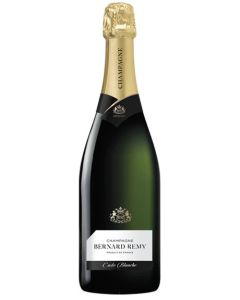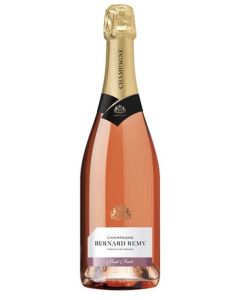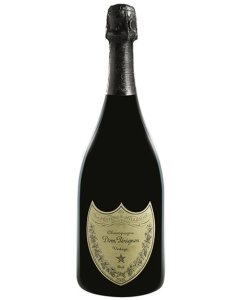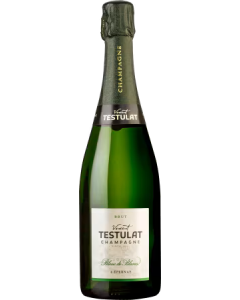We use cookies to make your experience better. To comply with the new e-Privacy directive, we need to ask for your consent to set the cookies. Learn more.
Champagne
Champagne: The Ultimate Sparkling Wine for Celebrations and Luxury
Champagne is a world-renowned sparkling wine from the Champagne region of France, celebrated for its effervescence, refined taste, and elegant character. Crafted using the traditional méthode champenoise, authentic Champagne offers a luxurious drinking experience, whether for a wedding, New Year’s Eve, or a casual toast.
What Makes Champagne Unique?
Made exclusively from grapes grown in the Champagne AOC (Appellation d'Origine Contrôlée), true Champagne stands apart from other sparkling wines. The most common varietals used are Chardonnay, Pinot Noir, and Pinot Meunier, resulting in a wide range of styles—from crisp Brut Champagne to rich Vintage Champagne.
Popular Types of Champagne:
Brut Champagne (dry, crisp, and perfect for toasts)
Rosé Champagne (light pink hue, fruity and romantic)
Demi-Sec Champagne (slightly sweet, ideal for desserts)
Blanc de Blancs (100% Chardonnay, elegant and light)
Blanc de Noirs (from black grapes, bold and complex)
Why Buy Champagne Online?
Shopping for Champagne online offers a convenient way to explore a curated selection of bottles from top producers like Moët & Chandon, Veuve Clicquot, Dom Pérignon, and Bollinger. With secure delivery, gift-wrapping options, and customer reviews, you can easily find the perfect bottle for any occasion.
Chose from our Award winning Champagne
Champagne Abele 1757 Blanc de Blancs NV
Champagne Abele 1757 Le Sourire de Reims Brut 2013
Champagne Abele 1757 Le Sourire de Reims Rose 2008
Champagne Bernard Remy Brut Blanc de Blancs NV
Champagne Bernard Remy Brut Carte Blanche NV
Champagne Bernard Remy Brut Rose NV
Champagne Collet Brut 1er Cru Blanc de Blancs NV
Champagne Collet Brut 1er Cru Art Deco NV
Champagne Collet Brut 1er Cru Vintage 2016
Champagne Duval-Leroy Extra Brut Prestige 1er Cru NV
Champagne Duval-Leroy Femme de Champagne Brut Nature Grand Cru 2002
Champagne Duval-Leroy Femme de Champagne Grand Cru NV
Champagne Duval-Leroy Rose 1er Cru Prestige NV
Champagne Laurent-Perrier Cuvee Rose NV
Champagne Laurent-Perrier La Cuvee Brut NV
Champagne Lelarge-Pugeot Extra Brut 1er Cru Tradition NV
Champagne Lelarge-Pugeot Extra Brut 1er Cru Blanc de Blancs NV
Champagne Nicolas Feuillatte Grand Cru Blanc de Noir 2015
Champagne Nicolas Feuillatte Reserve Exclusive 1er Cru Extra Brut NV
Champagne Nicolas Feuillatte Reserve Exclusive Brut NV
Champagne Nicolas Feuillatte Reserve Exclusive Rose NV
Champagne Palmer Amazone de Palmer NV
Champagne Palmer Blanc de Blancs NV
Champagne Palmer Blanc de Noirs NV
Champagne Palmer Grand Terroirs 2015
Champagne Palmer La Reserve NV
Champagne Palmer Rose Solera NV
Fine Wine Collections
 Champagne Laurent-Perrier La Cuvee Brut NV HalvesSpecial Price £204.80 £170.67 Regular Price £235.18Out of stock
Champagne Laurent-Perrier La Cuvee Brut NV HalvesSpecial Price £204.80 £170.67 Regular Price £235.18Out of stock Champagne Lelarge-Pugeot Extra Brut Millesime 2009Special Price £253.44 £211.20 Regular Price £271.54
Champagne Lelarge-Pugeot Extra Brut Millesime 2009Special Price £253.44 £211.20 Regular Price £271.54





















